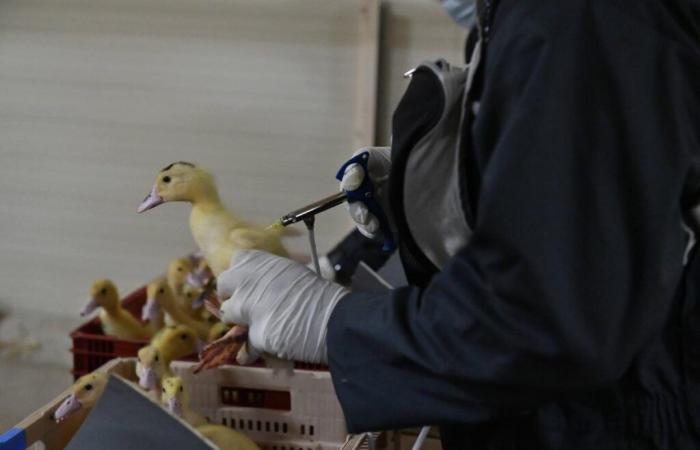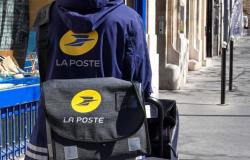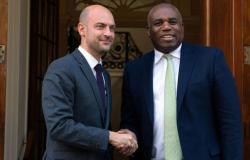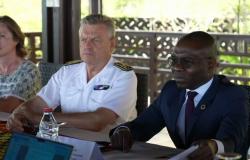>>> Find our avian flu file by clicking here
However, according to Jean-Luc Guérin, professor at the National Veterinary School of Toulouse and head of the UMR IHAP (Host Pathogen Agent Interactions), a research structure in animal infectious diseases attached to the animal health department of INRAE (1 ), the situation is very different: “This is not an epizootic, as we have experienced in the past, before the implementation of vaccination,” he emphasizes.
For several months, France, particularly the North and Brittany, has been facing “very localized, very occasional introductions”, in a period where the risk of exposure – that is to say the risk of introduction of the virus from wildlife to farms – is at its maximum. “The outbreaks that have been observed only confirm the alerts that have been issued by scientists and health authorities for several weeks and which have led to a gradual increase in the risk level from moderate to high last week. It's not for nothing. »
Protection failures
Because the period will be critical for several more weeks. The circulation of the virus which has been observed in recent months in populations of seabirds, combined with the phenomenon of migration which flies over the Landes, particularly the coastline, is enough to make us excited as Christmas approaches.
“There are a lot of poultry on farms, especially in view of the end-of-year holidays,” continues the scientist. Given the number of waterflies in the area, we have known from the start – and it has been assumed – that despite vaccination, it is possible that there will be protection failures. It even exists when you get yourself vaccinated against the flu. These are things that must be accepted. We have been lucky not to have had any alerts since the launch of the vaccination campaign last year, but we knew it could happen. »
“Given the number of waterflies there are in the area, we have known from the start that despite vaccination, it is possible that we will have protection failures”
In the meantime, the two outbreaks detected in Saint-Étienne-d'Orthe are currently the subject of investigations “to identify the routes of introduction and find out if vaccination practices could have had an impact. We have to be very careful about this.”
Critical period
For Jean-Luc Guérin, it is fundamental to respect biosecurity measures, to complement the effects of vaccination during this high-risk period. “They are very restrictive for breeders, I am thinking in particular of the sheltering of animals. But the cases that have affected these duck farms confirm that it makes sense to be on alert and raise the level of biosecurity. We must emphasize that we are in a critical period for another month and that it could remain complicated until the end of winter. And secondly, intensify surveillance: we test as much as possible the farms which are in possible connection with the outbreaks to ensure that there is no extension. We're not there yet, but that's the priority at the moment. »






